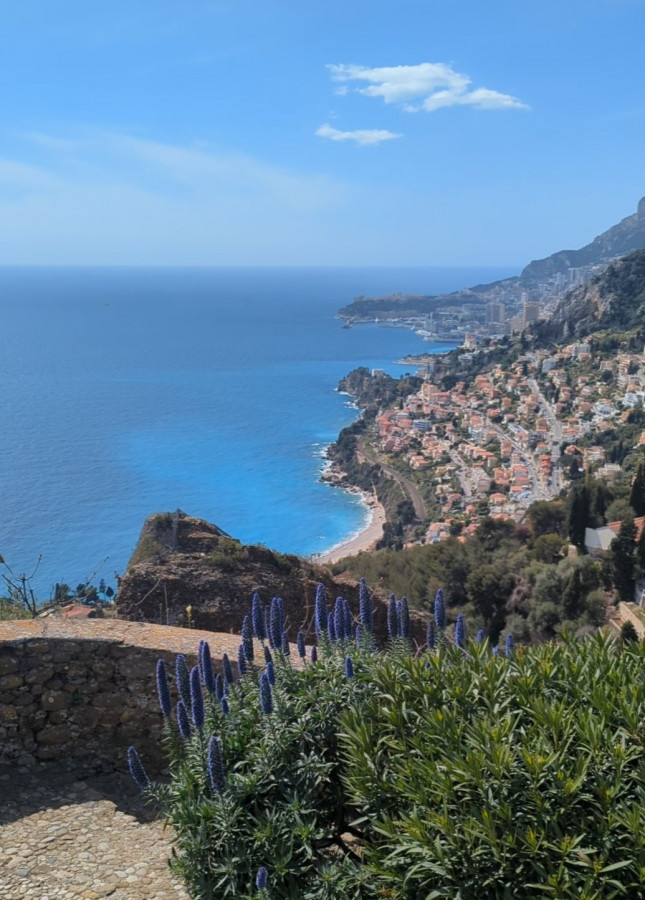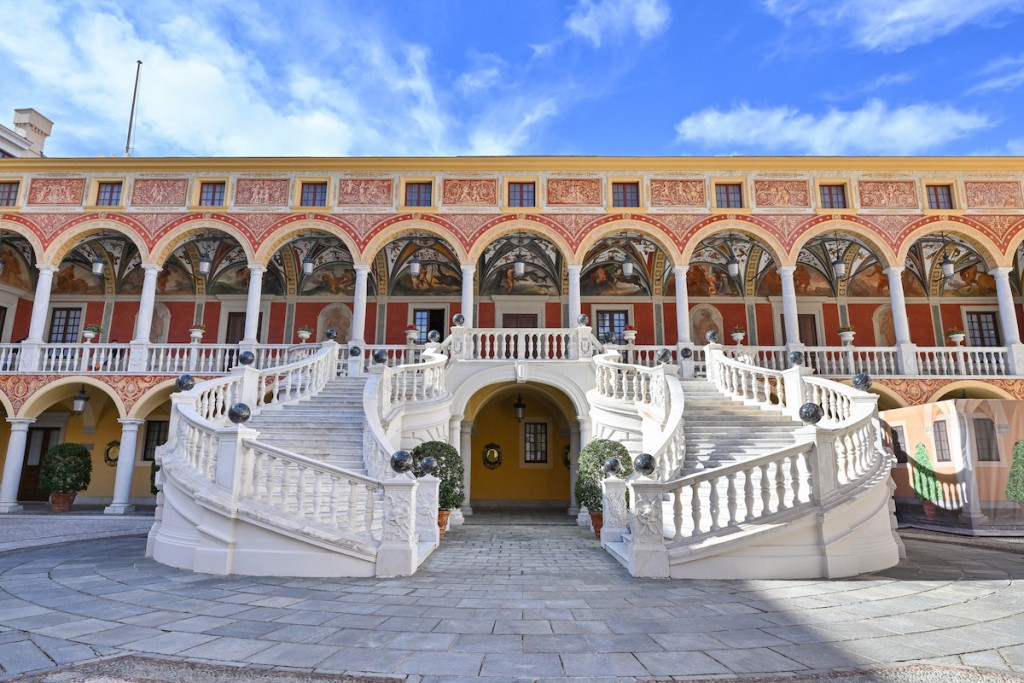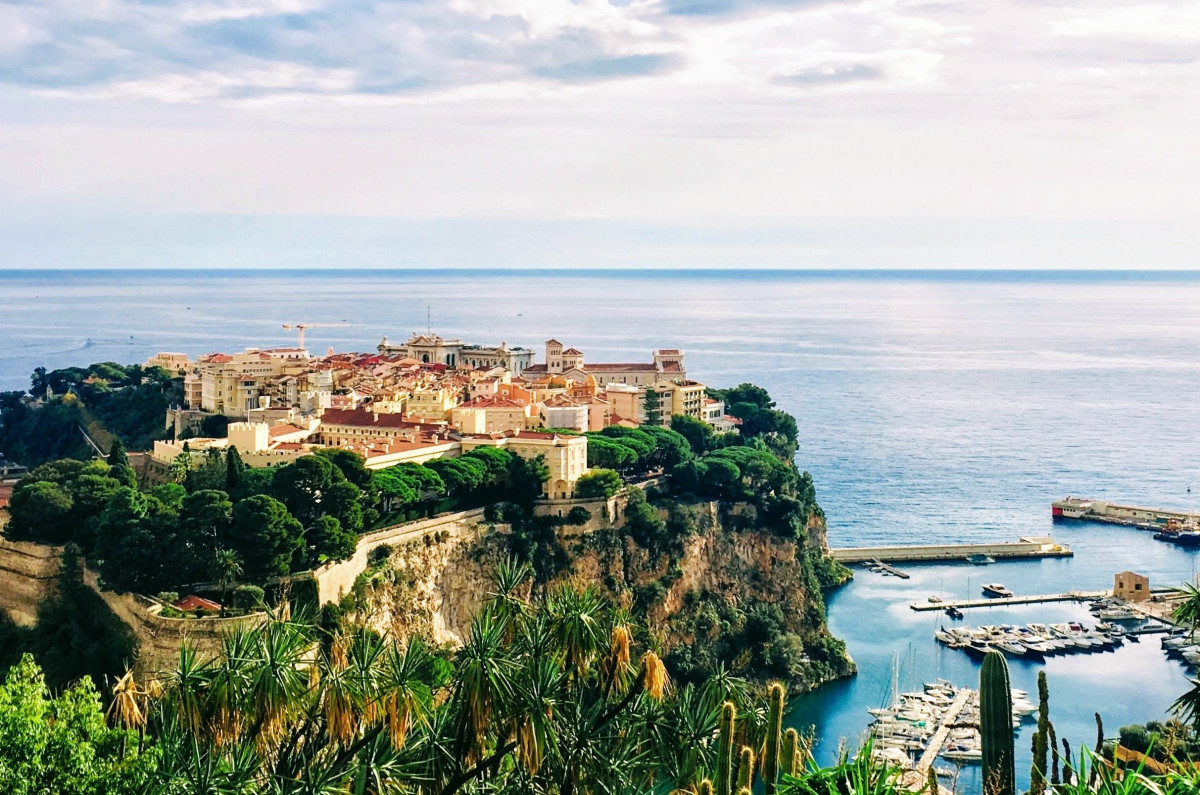It’s an iconic symbol of the Principality of Monaco, but how did the Grimaldi family come to call this famous Rock their home?
The Principality was been inhabited on and off throughout prehistory and the Paleolithic. Some of the most important archaeological finds of this era were actually found in the caves of the Saint Martin Gardens up on the Rock, and others from 30,000BC have also been uncovered in the nearby area.
But it’s not until fairly recently, around 500BC, that we see the first written down name for Monaco: Monoikos.
Early Monoikos
Over the next few centuries, Monoikos grew in importance as a useful stopping-off point – one theory behind the name is that it comes from the Phoenician or Hebrew words menihh or monêhh, which mean restful – for Roman vessels sailing between the Italian peninsular, Gaul and Hispania. Even Julius Caesar is believed to have passed through Monaco sometime around 50BC.
At the turn of the millennia, Monaco and much of the surrounding regions were under Roman rule. At this time, Emperor Augustus, Caesar’s successor, called for the building of the Via Julia Augusta, which ran just to the north of Monaco.
After the fall of the Roman Empire several centuries later, activity along the Mediterranean coast was much diminished. This time period is often called the Dark Ages; a time when everything from culture and learning to the economy and trade was in decline.
Monaco felt this too and not much is known of this stage in the Principality, but things changed in the 12th century, when the region around the Principality is put under the direct control of the Genoese by the Holy Roman Emperor of the day, Frederick I or Frederick Barbarossa, in 1162.
The first fortress on the Rock
The Genoese built two fortresses in Monaco over the next few years: one where the Palace sits today on the Rock and another a little further down the hill, close to the Pavillon Bosio arts centre. The Palace site was the most important and work began in 1215.
150 years later, tensions over the border in Italy were at boiling point. Two factions were at war: the Guelphs, supporters of the Pope, and the Ghibellines, supporters of the Romano-Germanic emperor. The Grimaldis, a noble family in Genoa that had seen several of its figureheads act as Consul in the city, were on the side of the Guelphs. It is believed they suffered periods of exile from their city given the Ghibelline domination of the area, which is what may have pushed one man to action.
In the dead of night
On 8th January 1297, François Grimaldi dressed himself as a Franciscan monk and stashed weapons beneath his cloak. He quietly entered the fortress on the Rock in the dead of night, killed all the guards and took control of Monaco. It earnt him the nickname Malizia for his cunning; a name keen sailors will recognise from the Yacht Club de Monaco.

A treaty was signed in 1301 between François Grimaldi and Charles II d’Anjou that cemented the foundations of the Grimaldi dynasty. The Grimaldis now had a home and another series of works on the Palace, born out of the Genoese fortress, began.
Conflict with Genoa continued for many years, but Charles I of Monaco, who ruled from the Rock between 1331 and 1357, was able to extend the Principality’s territory into Roquebrune Cap Martin and Menton during his tenure. He was a skilled sailor, ran a powerful fleet and was even appointed Admiral of France; this prowess is what made his fortune.

It wasn’t smooth sailing for the Grimaldis after this, however. The land to the east is lost in 1448, during the era of Jean Grimaldi, but confidence is restored in the Grimaldi line by Lambert Grimaldi – a man who got the name through marriage to Jean’s daughter – in 1458.
More trouble surfaced in the winter of 1506/7, when the Genoese laid siege to the Rock for more than three months. The ruler at the time was Lucien Grimaldi, who led his troops and people to victory, with some help from the French.
“Instituted by God and the sword”
Another important moment came in 1512, while Lucien was still in charge, when Monegasque sovereignty was formally recognised as being “instituted by God and the sword” by Louis XII of France. Lucien was assassinated just a few years later by his nephew in something of a failed coup.

Nevertheless, the line of Grimaldis continued and the most significant developments of the Palace on the Rock took place around 1529, but it was yet to be called a palace and Monaco’s rulers were yet to be called princes.
Up until now, the leading members of the Grimaldi dynasty had only been known as lords. But this changed in 1612, when Honoré II took on the official title of Prince of Monaco “by the grace of God”. It was a momentous step in the history of the Grimaldis and the Principality.
The Rock now had a Prince, and it would stay that way.
See more of the Prince’s Palace in our Instagram video below…
View this post on Instagram
Sign up for the Monaco Life newsletter. For the latest news, follow us on Facebook, Twitter, and Instagram.
Main photo by Stevie Luisser for Unsplasj
